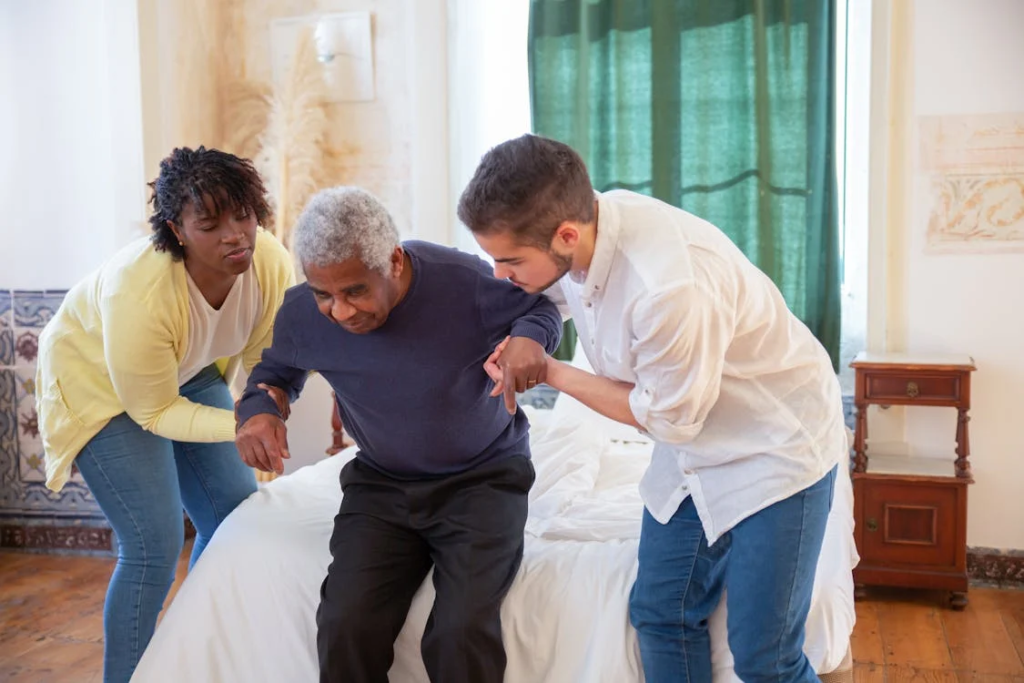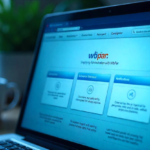No doubt caring for our elderly loved ones comes with distinct challenges. However, the key lies in striking a fine balance between preserving their independence and safeguarding their well-being. A top-notch guide to ensuring our loved ones’ safety could be narrowed down to five effective tips.
1. Arranging Their Living Spaces
It’s essential that the residence of our elderly relatives feels like a haven free from potential hazards. Familiar setups can unexpectedly turn into danger zones for our elders. Pave the way to safety by attending to the usual suspects – begin by banishing loose mats that might induce trips or unbalancing, make pathways free of clutter, and secure key areas such as stairways and bathrooms with supportive grab bars.
In addition, pay close attention to the quality of illumination in the house. Ensure areas like the bathroom, staircases, and corridors are well-lit to avoid accidental slips or stumbles. Small tweaks like deploying non-slip mats in showers or reorganizing kitchen shelves for easier access can contribute significantly to forging a safer living environment for seniors.
2. Harnessing Technology for Connectivity
Feelings of isolation substantially pose a hidden danger for the elderly, particularly for those living alone. Here, technology extends a crucial lifeline—not just for staying connected, but also for enhancing safety. Devices such as smart doorbells equipped with cameras enable loved ones to observe visitors distantly, while gadgets like Amazon Alexa or Google Nest lend a helping hand with setting reminders and emergencies. Also, a phone set up with emergency contacts or a simple video-calling feature can facilitate immediate communication during uncalled-for situations.
3. Promoting Regular Health Checks
Prevention is indeed better than cure. Prompt elderly loved ones to partake in regular health checks encompassing screenings, medication oversight, and physical examinations. Regular consultations with healthcare providers can help flag potential health risks and ensure proper treatments are administered. Having a digital or physical schedule of upcoming health appointments also proves useful in managing these visits effectively.
4. Enabling Them with Medical Alert Accessories
A medical alert bracelet is an invaluable tool, particularly for seniors battling chronic conditions such as heart disease, diabetes, or dementia. These wearable devices can relay crucial health information to emergency responders, while modern variants come with built-in GPS tracking or emergency call buttons, providing protection. For caregivers and family members, these bracelets instill a sense of security, knowing help is readily available if something occurs while they are away.
5. Cultivating Social Ties and Keeping Active
Well-being isn’t just confined to physical health, emotional health plays a key role too. Feelings of isolation and loneliness can adversely affect the mental health of seniors, subsequently leading to physical health problems. Foster social connections by urging elderly relatives to participate in community activities, such as a local book club or senior-centric fitness class.
Engaging in group activities not only wards off depression but also keeps them mentally agile. Virtual platforms or interest-based classes make great alternatives when physical gatherings are constrained, helping our loved ones stay socially active and engaged.
Summary
Taking responsibility for our elderly relatives means crafting an environment where they feel secure and cared for, while also preserving their sense of self and independence. A few well-thought-out alterations in their daily living conditions and proactive measures like regular health checks and medical alert accessories can significantly enhance their overall safety. By incorporating these few feasible steps, you can transform their living quarters—and their lives—into a more secure, fulfilling, and vibrant space.



